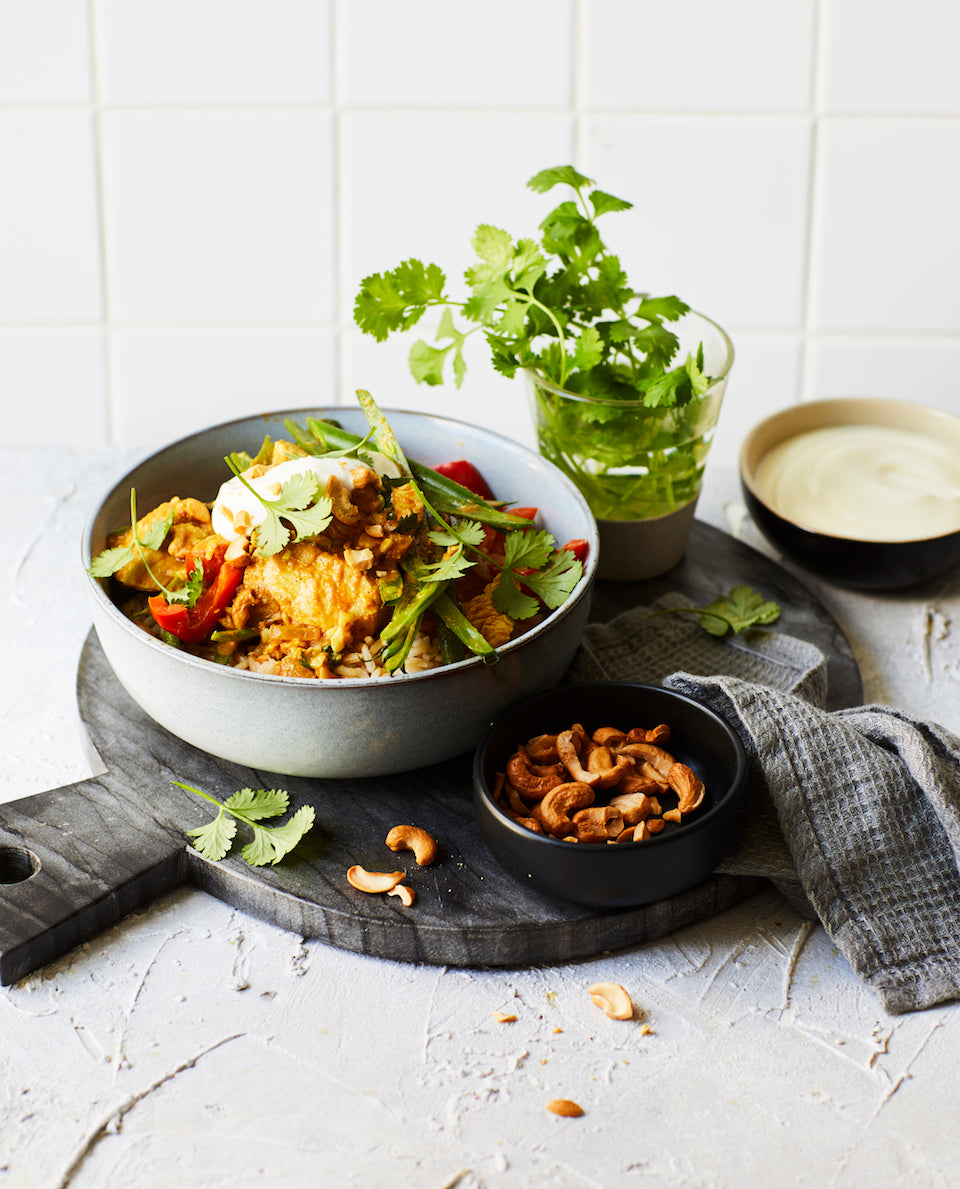The Bod Nutrition Basics: A Comprehensive Guide
At The Bod, we believe nutrition is the cornerstone of achieving your health and fitness goals. Food isn’t just sustenance; it’s fuel for your body and mind to perform at their best. Have you ever noticed how some meals leave you feeling sluggish, or how certain foods impact your sleep or skin? When we tune into these cues, we empower ourselves to make better choices that nourish us from the inside out. Let’s dive into the basics of nutrition and how The Bod’s approach can help you create a sustainable, healthy lifestyle.
Food fuels our bodies and minds, impacting everything from energy levels to mental clarity. Ever felt sluggish after a heavy meal or experienced brain fog after indulging in a few drinks? These are your body's signals about how food affects you. By understanding nutrition basics and listening to these cues, you can pave the way to improved health and vitality.
Finding Your Nutritional Fit: Intuitive Eating, Set Meal Plans, or Flexible Dieting
The key to successful nutrition is sustainability. Programs like THE BOD offer structured meal plans and macro-friendly recipes that can be tailored to your needs and preferences. The core principle is hitting your calorie and macro targets to achieve your desired body composition, but you have the flexibility to find what works for you.
Decoding Macros: The Building Blocks of Your Diet
Macronutrients - protein, carbohydrates, and fats - are the fundamental components of food and provide energy in the form of calories:
-
1g of protein = 4 calories
-
1g of carbohydrate = 4 calories
-
1g of fat = 9 calories
-
1g of alcohol = 7 calories
Each macro plays a unique role in your body, making a balanced intake essential for optimal health.
Macros vs. Micros: What’s the Difference?
-
Macros (Macronutrients): These are the building blocks of every food—carbohydrates, fats, and proteins.
-
1g protein = 4 calories
-
1g carbohydrate = 4 calories
-
1g fat = 9 calories
-
1g alcohol = 7 calories
-
Micros (Micronutrients): These include vitamins and minerals, essential for your body to function optimally. Think of them as the fine-tuning that keeps everything running smoothly.
Macronutrient Overview:
-
Fats:
-
Types: Saturated, unsaturated (mono- and polyunsaturated), and trans fats.
-
Sources: Avocado, olive oil, nuts, seeds, oily fish.
-
Carbohydrates:
-
Types: Simple sugars, complex carbs, and fibrous carbs.
-
Sources: Wholegrains, fruits, starchy veggies, legumes.
-
Proteins:
-
Types: Animal-based (lean meat, fish, eggs) and plant-based (tofu, chickpeas, lentils).
Food Sources: Prioritising Whole Foods
While supplements can be helpful, whole foods should always be the foundation of your diet.
-
Protein: Lean cuts of meat, poultry, fish, eggs, dairy, tofu, chickpeas, and other plant-based sources.
-
Carbohydrates: Wholegrains, fruits, vegetables (especially starchy varieties like sweet potato and pumpkin), and legumes.
-
Fats: Avocados, olive oil, coconut oil, nuts, seeds, and oily fish like salmon.
Calculating Your Calories & Macros
Determining your Basal Metabolic Rate (BMR) and considering your activity level is crucial for calculating your daily calorie and macro needs. By tracking your food intake and adjusting your macro ratios, you can effectively reach your health and fitness goals.
Tracking Your Intake: The Path to Success
Your macronutrient targets depend on your Basal Metabolic Rate (BMR) and activity level. At The Bod, we provide a Macro Calculator to help you determine these targets. Here’s how we approach it:
-
Estimate your BMR based on your weight, height, age, and sex.
-
Adjust for activity level and goals (e.g., fat loss or muscle gain).
-
Divide calories into macros based on your preference (e.g., higher carbs for endurance training).
Tracking Tips:
-
Use raw weights for accuracy.
-
Meal prep in bulk and portion meals evenly.
-
Adjust macros based on training days, rest days, and recovery needs.
Reverse Dieting: A Strategic Approach
If you’ve been dieting for an extended period, reverse dieting can help restore your metabolism while maintaining your progress. This gradual increase in calories allows your body to adjust, preventing rebound weight gain and boosting your energy levels.
Grocery Shopping Hacks: Making Informed Choices
Opt for whole foods over processed alternatives. Compare labels and select products with lower sugar, sodium, and unhealthy fats.
Marketing Ploys and Food Labels: Don’t Be Fooled
Food labels can be misleading. Common marketing terms like “low-carb,” “low-fat,” or “gluten-free” often don’t tell the full story. For example, a “low-carb” product might be high in fat and calories. Always read the nutritional label and ingredient list carefully.
Grocery Shopping Hacks:
-
Per 100g Comparison: Compare products using the standard “per 100g” figures rather than per serve.
-
Ingredients List: The first ingredient is the most abundant.
-
Look for Simplicity: Fewer ingredients usually mean less processing.
Understanding Food Labels
Deciphering food labels can be tricky, but it’s a skill worth mastering. Here’s what to focus on:
-
Calories per Serve: Opt for “per 100g” data for consistency.
-
Carbs: Check fibre and sugar content.
-
Fats: Differentiate between saturated, unsaturated, and trans fats.
-
Sodium: Aim for less than 1500-2400mg per day.
-
Ingredients: Simpler is usually better.
Key Takeaways
-
Prioritise Whole Foods: Build your diet around nutrient-dense whole foods.
-
Understand Macros: Learn about the roles of carbohydrates, fats, and protein in your body.
-
Track Your Intake: Monitor your calories and macros to stay on track with your goals.
-
Read Food Labels: Don’t fall for marketing tricks; become a savvy label reader.
-
Make Informed Choices: Select foods that align with your health and fitness aspirations.
Nutrition doesn’t have to be overwhelming. By learning the basics of macros, reading labels, and choosing wholefoods, you can create a sustainable, healthy lifestyle that supports your goals. With The Bod, you’ll gain the knowledge and tools to fuel your body for peak performance - both physically and mentally. Ready to take the next step? Let’s do this together. Workout your custom macros now.




